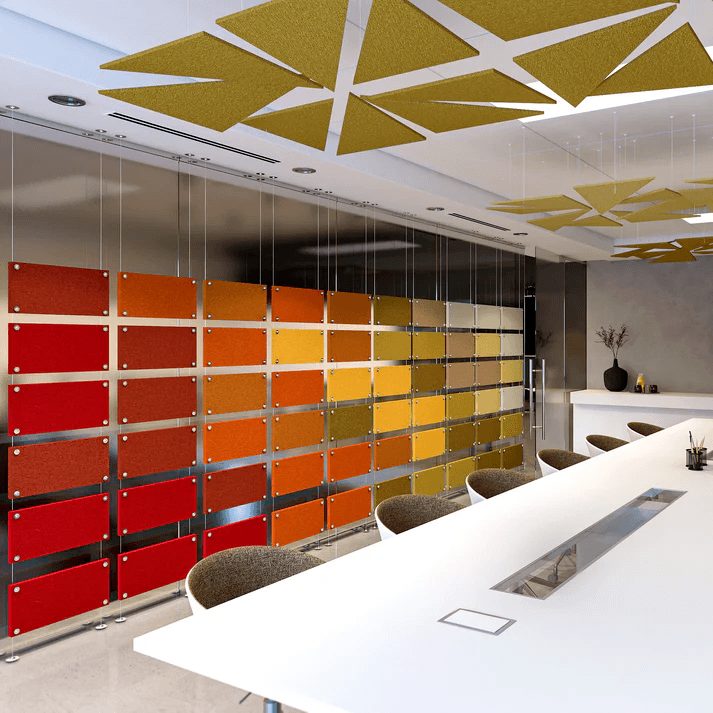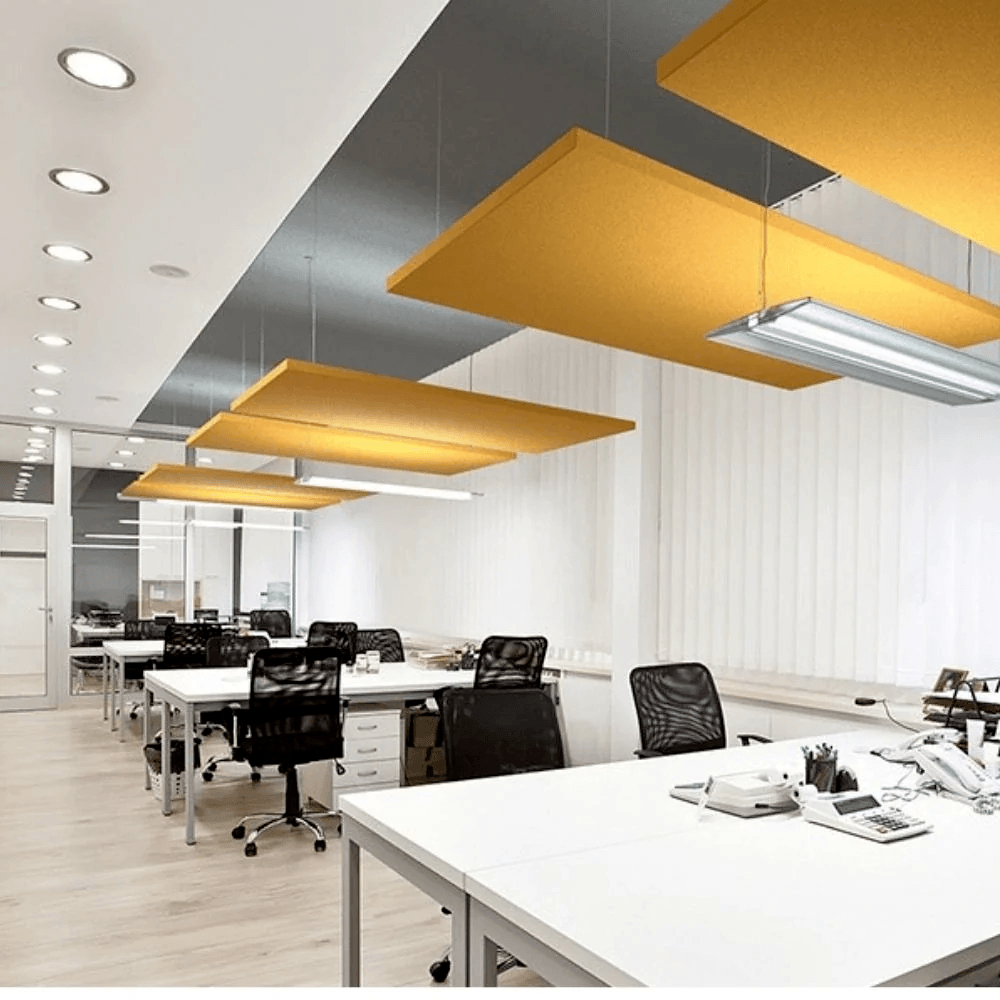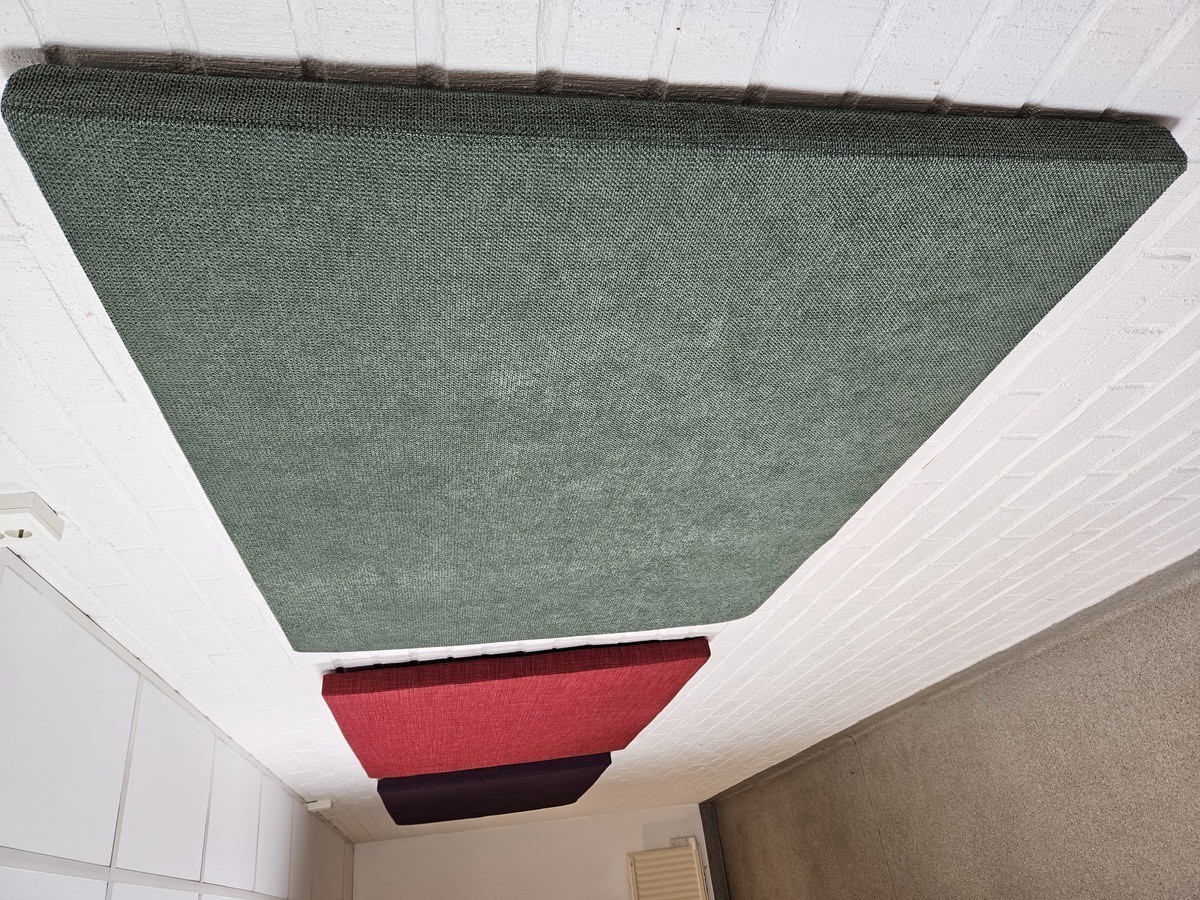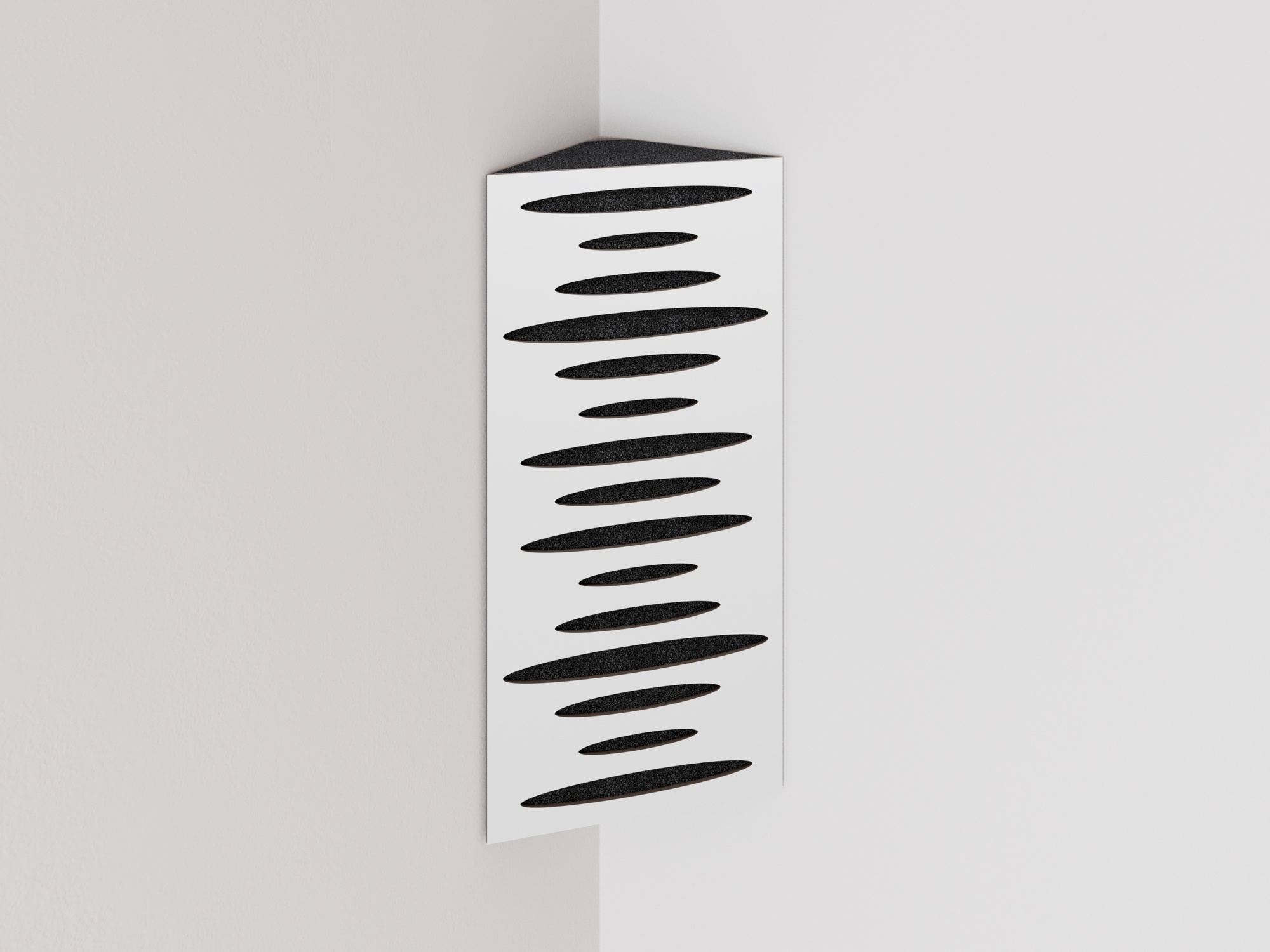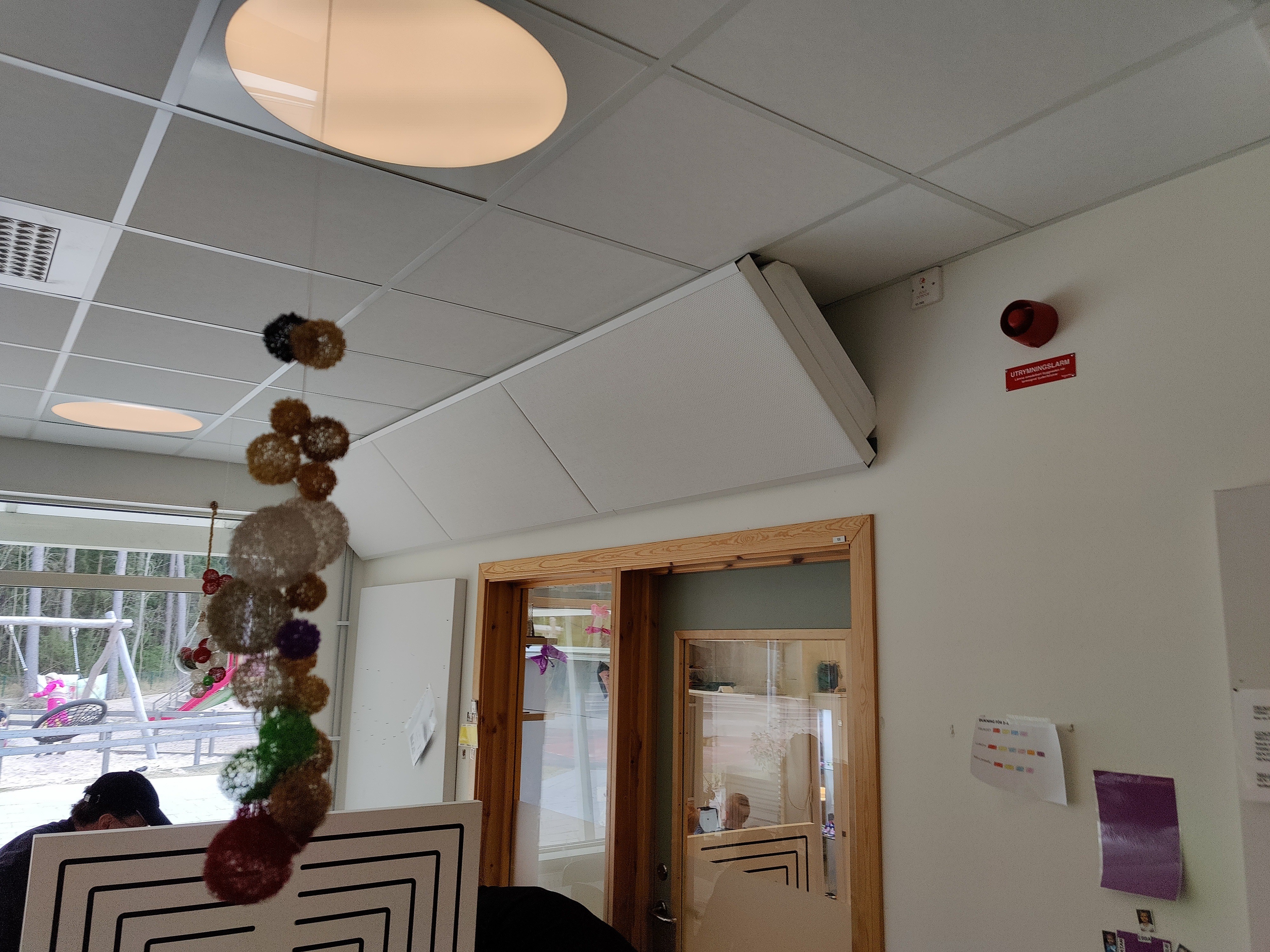Optimal placement of sound absorbers – Create a pleasant sound environment
Placing sound absorbers in the right places is crucial for effectively reducing reverberation and unwanted sound reflections. In environments such as offices, conference rooms, schools, restaurants, and home studios, the placement of sound absorbers directly affects how well they work. By strategically installing them on surfaces where sound is most reflected, you can optimize acoustics and create a more comfortable sound environment. Here we go through the best methods for placing sound absorbers effectively.
How sound moves in a room and where absorbers are needed
Sound spreads through a room by reflecting off hard surfaces such as ceilings, walls, floors, and windows. If these surfaces do not have some form of sound absorption, sound waves can bounce freely, creating long reverberation and an unbalanced sound environment. In environments with many hard surfaces, such as open-plan offices, conference rooms, or restaurants, this can lead to increased noise levels that affect both comfort and concentration. To remedy this, sound absorbers should be placed on strategic surfaces where sound reflections are strongest.
Placement of ceiling absorbers – The first choice for reducing reverberation
The ceiling is one of the most important surfaces to treat, as it offers a large free surface where sound waves can easily be reflected. By installing sound absorbers on the ceiling, you reduce reverberation and create a more balanced sound environment. This is particularly effective in larger spaces, such as offices, restaurants, and classrooms, where many sound sources are active at the same time. For an even better effect, ceiling absorbers can be combined with freestanding sound absorbers to break up the sound waves even more.
Recommended placement:
- Evenly distributed across the entire ceiling surface to create balanced acoustics.
- Directly above areas where sound sources are located, such as conference tables or workstations.
- Hanging absorbers can be installed to effectively break up sound waves.
Combine different sound-absorbing solutions for the best effect
To create well-balanced acoustics, a combination of different sound-absorbing solutions often gives the best results. Ceiling absorbers handle reverberation, wall absorbers reduce sound reflections, and freestanding screens help create flexible work and conversation environments. By adapting the solutions to the specific needs of the room, you can ensure effective sound absorption that improves both the working environment and the comfort of the room.
Create an optimal sound environment
By strategically placing sound absorbers on ceilings, walls, and in corners, you can reduce reverberation, improve speech intelligibility, and create a more comfortable sound environment. In offices, restaurants, schools, and studios, sound absorption is an important part of the room's functionality and well-being. Whether you want to improve working peace, reduce background noise, or optimize the sound image for music and recording, the thoughtful placement of sound absorbers is the key to an effective and sustainable sound solution.





